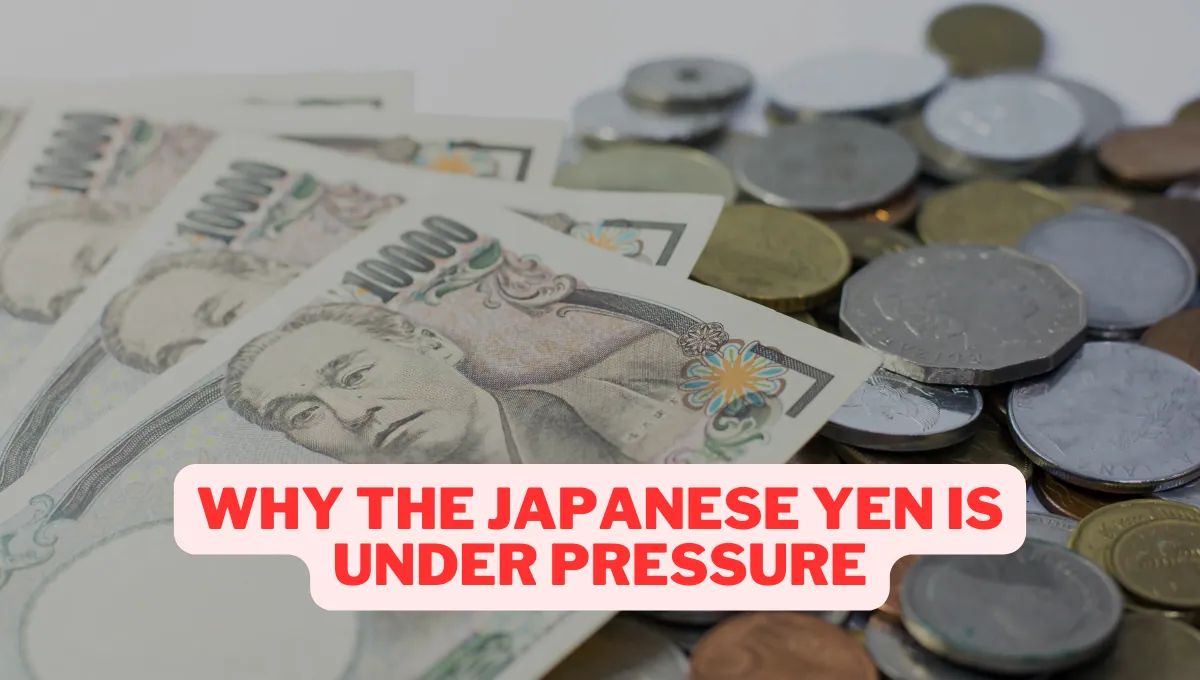The Japanese yen has been under considerable pressure recently. Despite Japan’s top currency official warning that authorities are prepared to intervene in the currency markets around the clock if necessary, the yen remained relatively weak on Monday.
Market Reactions to Intervention Warnings
Kanda’s remarks seemed to have little effect, as the yen continued to trade in a narrow band, just below the significant 160 per dollar mark during Tokyo trading hours.
This threshold is psychologically important, reflecting market sentiment and potential intervention triggers.
Interest Rate Disparities
One of the main factors contributing to the yen’s vulnerability is the stark difference in interest rates between Japan and the United States.
In Japan, benchmark interest rates remain barely above zero, while in the US, rates have yet to be cut.
This substantial yield gap makes the yen susceptible to further depreciation as investors seek higher returns elsewhere.
Recent Currency Interventions
The yen is still within close range of the 160.17 level, a point it reached on April 29. It is believed that Japan intervened in the market at that time to prevent further losses.
Between April 26 and May 29, Japan reportedly spent ¥9.8 trillion ($61.3 billion) in efforts to stabilize the yen.
However, the pace of currency movements is a critical factor for Japanese officials, and it may not yet be sufficient to prompt immediate intervention.
Analysis of Currency Movements
A measure tracking the dollar-yen exchange rate from its lowest point in the past 28 days to Monday’s high reached ¥6.32, which is about ¥3.7 less than the 10-yen movement previously described by Kanda as “rapid.”
This indicates that speculation about intervention could intensify if the exchange rate approaches 163.
Currency Options Market Insights
In the currency options market, the premium to hedge against a rise in the yen versus a decline has decreased for five consecutive days.
This trend reflects traders’ expectations that the yen still has room to weaken further.
Government’s Stance on Yen Movements
Finance Minister Shunichi Suzuki emphasized Japan’s vigilant stance on the yen on Monday.
He noted that the government is closely monitoring foreign exchange movements and is prepared to take appropriate measures against excessive fluctuations if necessary.
International Perspective on Japan’s Intervention
Kanda mentioned that his counterparts in Washington do not oppose Japan’s market interventions. The primary concern for them is transparency.
He also pointed out that the US decision to add Japan to its currency watchlist did not affect Japan’s strategy regarding the yen.
Conclusion
The Japanese yen continues to face significant downward pressure due to a combination of internal economic policies and external market conditions.
Despite potential interventions by Japanese authorities, the yen remains vulnerable, especially with the considerable interest rate gap between Japan and the US.
Traders and market analysts will continue to watch the yen closely, particularly as it approaches key psychological and intervention thresholds.










